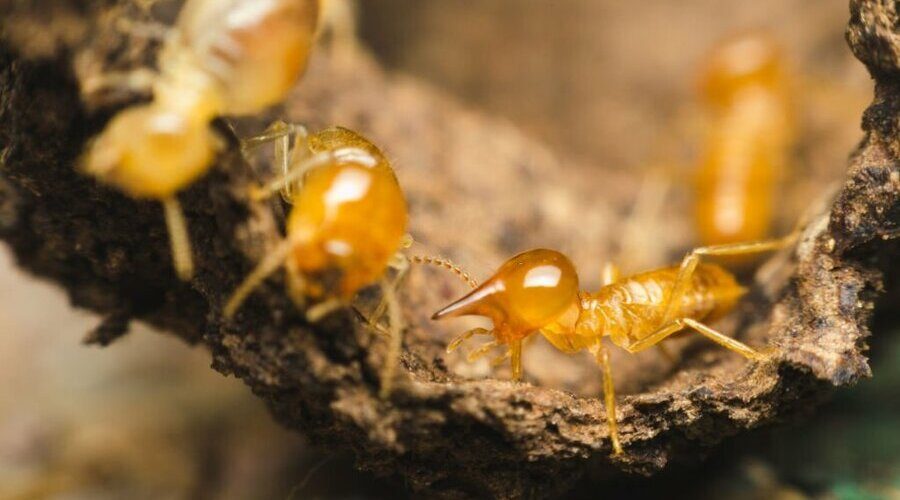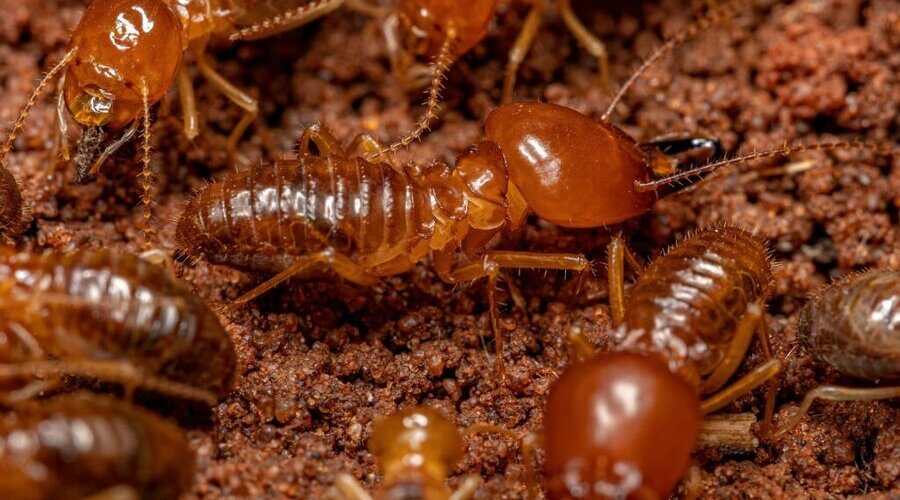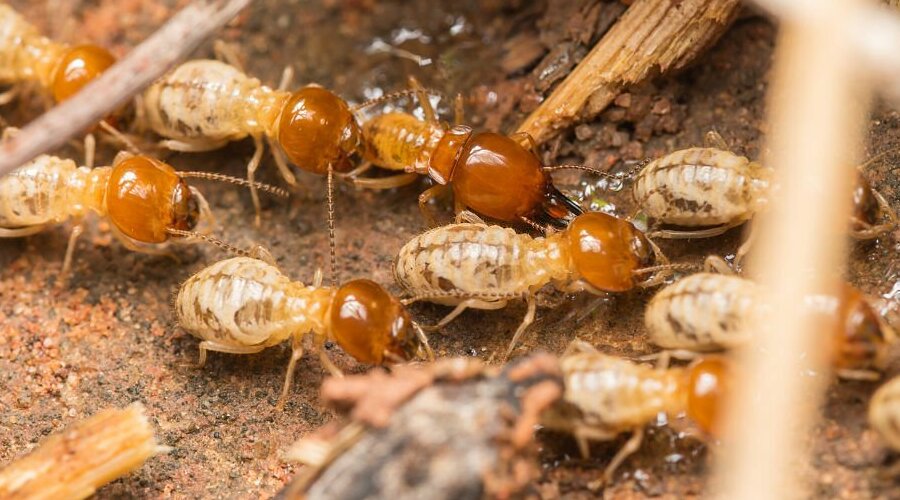How Often to Schedule Termite Inspections
A Guide to Frequency in Maintaining Home Defense
Termites are sneaky and destructive pests that can feast on your home undetected for years before you realise the extent of the damage.
Regular termite inspections can help catch infestations early so you can treat them before they take a huge bite out of your wallet for repairs.
But how often should you actually get a termite inspection?
In this article, our expert pest technicians will answer that question for you.
Annual Termite Inspections Are Recommended
Most pest control experts recommend getting a termite inspection annually as a good rule of thumb. Termites work slowly but if left unchecked for multiple years, they can cause major structural damage. Getting an inspection once a year increases the likelihood you’ll catch an infestation in the early stages before the termites do intense harm.
Annual inspections also take seasonality into account. Termites have higher activity levels during certain times of the year like spring and summer when the weather is warmer. An annual frequency means you’ll get an inspection during peak activity periods as well as lower activity periods for better detection overall.
Inspect After Events Conducive to Termite Activity
While yearly inspections are a good baseline frequency, you should also inspect after any events that can spur on increased termite activity. For example, extremely wet conditions from heavy rains and flooding can drive termites into structures seeking drier harborage. Drought conditions also encourage them to find moisture sources. Here are some examples of high risk events:
- Flooding
- Heavy or prolonged rains
- Leaks from plumbing failures
- Landscaping and grading changes that significantly alters soil moisture levels
- Tree stumps left in place near the home
- Long periods of drought stress
Know the Signs of Termites
You don’t have to rely 100% on professional inspections to check for termite presence. There are some signs you can keep an eye out for between inspections. Look for:
- Mud tubes – Small tunnels of mud that provide protected pathways for termite travel. Most often seen on foundation walls, piers, or crawl spaces.
- Damaged wood – Look closely at wood elements for patterns of damage. Tap wood with a screwdriver to check for hollow areas indicating interior damage.
- Discarded wings – The presence of discarded termite wings around windows, doors, and crawl spaces can mean a swarm event occurred recently indicating an active local infestation.
- Swarm activity – During certain times of the year, mature termites may leave the nest and swarm. Seeing active swarming around your home requires immediate inspection.
Pair Inspections with Preventative Treatments
Inspections help spot existing termite infestations, but preventative treatments protect against future invaders. Using both together as part of an integrated pest management plan provides the best protection. Also, treatments like soil barrier termiticides, termite baits, or wood treatments make your home less hospitable. This way if termites do sneak in despite your best efforts, the damage will be reduced.
Factors that Affect the Frequency of Termite Inspections
1. The current termite management system in place
More frequent professional termite inspections may be needed if relying solely on do-it-yourself monitoring without protective solutions like termite barriers.
2. Evidence of termite damage found during inspections
Discovery of issues like tunnels in wood or other evidence of termite activity means more frequent visits by your pest control company are required.
3. Nearby conditions conducive for termites
Dead trees or tree limbs on the ground, humid climate, cooler weather cycles, and other conditions for termites can dictate a higher inspection frequency.
4. Major weather events
Frequent visits from your termite inspector are prudent after heavy rains, flooding, or drought increasing the termite risks.
5. The desire for peace of mind
Some homeowners want the maximum peace of mind from the most regular termite inspection frequency possible from a qualified technician despite other lower risk factors.
FAQs
How often should I get a termite inspection after starting a perimeter termite treatment?
Re-inspect within 1 month to confirm treatment effectiveness and for further advice.
What type of inspection report do I receive after a timber pest inspection?
A report detailing findings, areas checked, recommendations, and re-inspection schedule advice.
Can I do my own termite inspections in my building?
No, use a licensed professional for thorough regular inspection as termite droppings and damage can be overlooked.
Conclusion
Periodic professional inspections are crucial for early termite detection before extensive damage is done.
Indeed, supplement diligent monitoring with proactive treatments for robust protection.
Staying vigilant through regular inspections and control measures is key to protecting your home’s structural integrity and value from stealthy termites.



